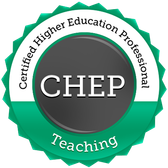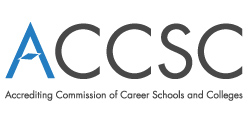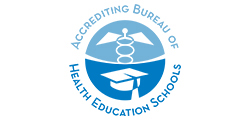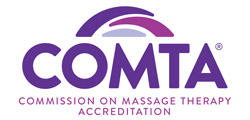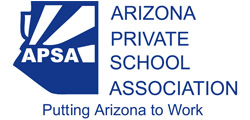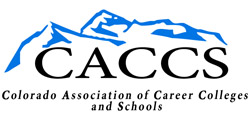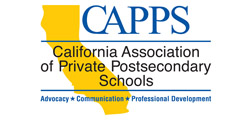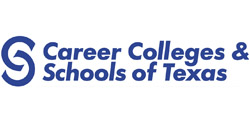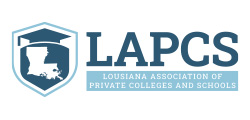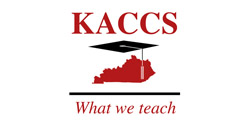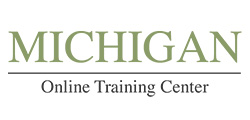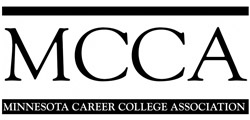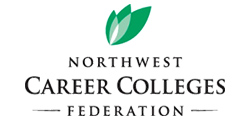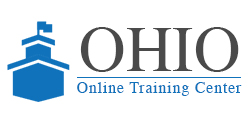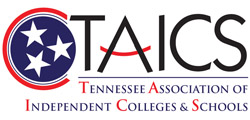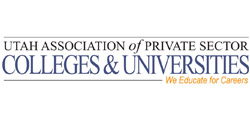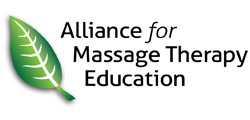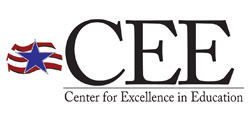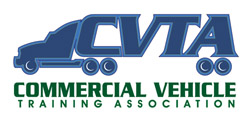Badge Evidence | Completed Courses (4 Hours Each)
CM102Raising the Bar - Compliant Communications with Students
This course is designed for employees of all roles and levels at institutions that participate in federal financial aid programs. The course provides an awareness of prohibited acts which could adversely impact operations, and covers the requirements which must be adhered to in order to maintain good standing with state* and federal regulations as outlined in the Program Integrity rules. Emphasis is on areas of misrepresentation related to advertising and recruitment activities, interactions with prospective students and appropriate communication of disclosures and other publications.
*This course currently covers the regulations for the following states: AZ, CA, CO, FL, GA, IL, IN, KS, LA, MA, MI, MN, MO, MS, NC, NM, OH, OK, OR, PA, SC, TN, TX, VA, WA. Course participants can select specific state(s) at the beginning of the course to customize the training content to their state.
CM141FERPA and Privacy: A Practical Approach
The Family Educational Rights and Privacy Act of 1974 (FERPA or the Buckley Amendment) is a federal law in the United States designed to provide students with access to, and the privacy of, their educational records. The law applies to students in higher education and educational institutions that receive funding under a program administered by the U.S. Department of Education. This course is designed to provide participants with a working knowledge of FERPA guidelines to ensure proper handling of educational records and other institutional requirements.
ED102Student Retention Methods
The instructor is the real key to student retention at any educational institution. Instructors must keep focused on student motivation and retention each and every day of class. Developing strategies for retaining students throughout the entire training sequence is both complex and rewarding. All instructors should have the goal of seeing all of their students successfully complete their class. This course helps you reach that goal by helping you to understand your students and use proven motivation and retention techniques to keep them enrolled and engaged in the learning process.
ED104Class Management Strategies
This course provides methods and techniques for managing students and class activities. We start by reviewing the steps instructors need to follow as they introduce a class to new students. We then discuss strategies to effectively deal with unfocused and challenging students. The course ends by describing common mistakes made by instructors and ways to avoid them.
ED113Managing the Adult Classroom
This course compares and contrasts four styles of classroom management. The course includes "virtual visits" to animated classrooms where participants observe four instructors who exhibit different management styles. The style that is preferred by most students is identified and described, and suggestions are offered on how instructors can modify their personal style to increase their effectiveness. A four-step model for developing successful classroom management strategies is presented and is followed by a discussion of a practical, behavioral approach to classroom management. Characteristics that foster good discipline in the educational institution and in the classroom are listed and explained, and tips are offered that can improve both institution-wide and classroom discipline. Finally, a number of scenarios involving common discipline problems are described.
ED114Questioning in the Classroom
Questioning can be one of the most effective classroom teaching strategies. However, many instructors are not familiar with the techniques and research findings associated with good questioning. This course begins by comparing and contrasting the major types of questions and their most appropriate uses. Some relevant statistics and research findings are presented, followed by a discussion of four effective questioning practices. The course concludes by offering a few tips and suggestions for instructors to consider.
ED137Cultural Diversity: Including Every Student
Cultural diversity includes a wide scope of differences. While we plan instruction to meet outcomes that are usually supporting a set of pre-determined standards, instructors are faced with a high level of diversity in every class group. It is important for instructors to be aware of diversity and strive to include every student, regardless of difference, in their learning community. This requires intentional planning and accessible instructional design that includes all students and empowers every student to succeed.
ED146How Storytelling Benefits Learning
Many consider storytelling to be in the realm of fairytales and small children, but when storytelling is used well and with purpose, it can strengthen students' understanding no matter their age; it can also link contexts to aid in understanding, suggest applications to real life, and humanize the learning process. This course will identify the characteristics of storytelling that are useful in teaching and learning and will provide examples and contexts within which storytelling increases students' interest and connection. Characteristics of useful storytelling will be identified, as well as supportive resources. Examples will be given to help educators focus on the aspects of storytelling that will enhance their content and how these strategies will fit within various instructional settings.
ED201Students with Disabilities in the Classroom
This course introduces the participant to teaching students with disabilities in the environment of an educational institution. It provides descriptions of the physical, sensory, mental, psychological, and learning disabilities most likely to be encountered, as well as the effects these disabilities have on students and their learning. The course also introduces participants to accommodations and strategies that may help to support students with disabilities and foster their academic success.
ED205Enhancing Students' Professional Skills
Awareness has grown in recent years that, to be effective today, learning must include more than knowledge and "hard skills," or technical ability. In a world where work is often team-based and project-driven, teaching needs also to encompass attitudes and social competencies. This course will describe ways students can enhance their professional skills across the curriculum. Strategies for teaching effective personal interaction and ways to support student professional growth and development will be discussed. This course will also explain how students can improve their writing skills and computer literacy across the curriculum.
ED310Teaching Medical Terminology in Fun and Exciting Ways
Have you ever seen your students falling asleep in class? Have they been less than excited to learn medical terminology? In this course you will discover ways to teach medical terminology that keep your students interested, attentive, and highly engaged in the critical concepts and applications they need to know. Learn to use these active methods, as well as the reasons behind them, and watch your student success rates increase as you adapt and apply new methods to your medical terminology classes.
Please note that ED310 presents learning activities that are applicable to the on-campus classroom or lab. It is not designed for instructors who teach Medical Terminology in the online environment.
ED404Building Cultural Competency in Instructors
The purpose of this course is to build cultural competency in instructors who teach students from diverse backgrounds. This will include a review of critical terms, ideas, and real-world case studies, providing instructors and administrators with useful information and takeaways they can apply to their practice. The goal of this course is to help develop a better understanding of cultural competency and produce tangible resources to help implement plans, strategies, and ideas at your institution. In addition to lecture videos, resource links, and assessments, you will be able to utilize Journal and Learning Activities, which will continue to be useful after successful completion of the course.
EE101Emergency Response Plan
This course will familiarize you with the key components of the Emergency Response Plan. The plan is designed to ensure the safety of students, faculty, and staff in the event of an emergency. By completing this course, you will be better prepared to respond safely and effectively in the event of an emergency at your institution.
EL101Designing and Developing Online Courses
This introductory course will provide you with the knowledge and skills to create successful online courses, whether for faculty-supported distance education delivery or as a supplement to classroom instruction. You will learn to design and develop online courses that have structural integrity and navigational simplicity with a focus on student-centered learning and intellectual interaction. The course covers various learning activities that are supported in an e-learning environment and describes the typical components of an online course. We will provide you with the media strategies and course design methodologies that will allow you to develop online courses in an effective and efficient manner.
RT103Implementing Successful Student Retention Strategies
Owners and directors of educational institutions are always looking for the magical ingredients to improve student retention. There are at least six easy-to-implement retention strategies that can make a difference in whether a student graduates or drops out. These include efficient admissions procedures, great orientation programs, effective mentoring, student friendly classroom involvement, fabulous graduations, and successful placement. Upon completion of this course, participants will have specific easy-to-implement retention strategies to put in place for every area of their institution.
